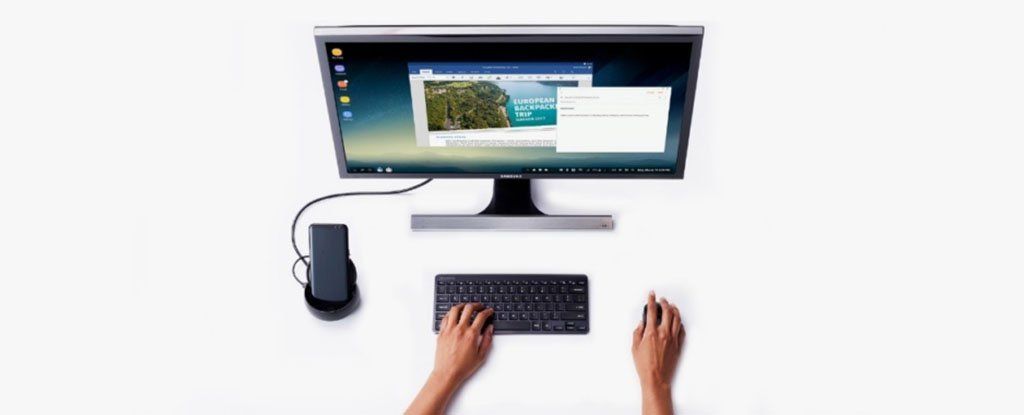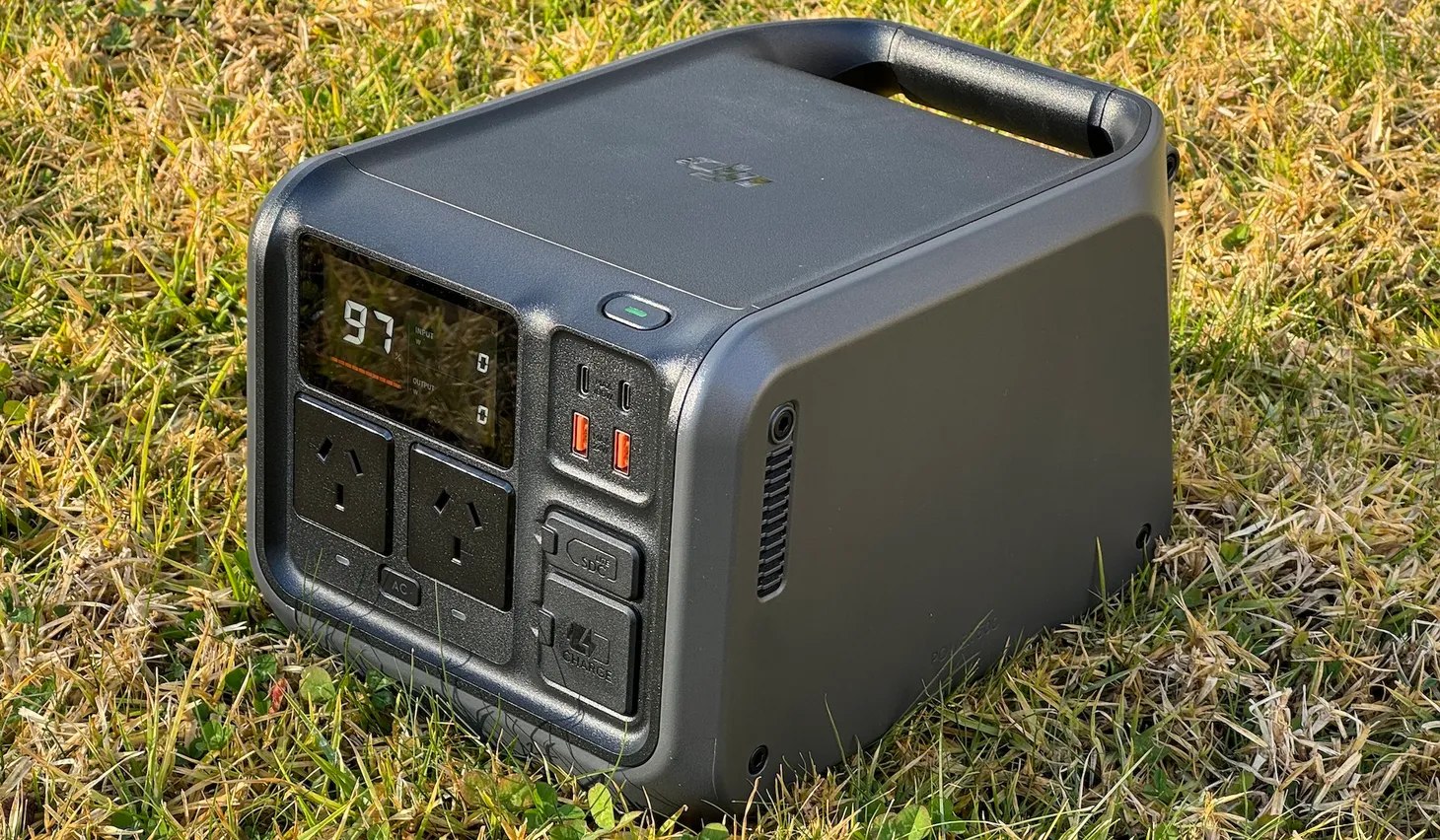Your next smartphone really might be ready to replace your desktop
It's been a long promise of smart, powerful handheld devices. That soon we would be unshackled from the need to carry large screened laptops everywhere and

It's been a long promise of smart, powerful handheld devices. That soon we would be unshackled from the need to carry large screened laptops everywhere and instead possess one device to rule them all.
Our phone would be everything we need - a smartphone, a laptop, even a desktop.
So far, the promise has been completely underwhelming. Until recently the idea has always been full of compromise. Not enough power, not enough storage, not all the apps we truly need. And the docking systems were cumbersome or unreliable. It was just too hard for too little.
With the arrival of the Samsung Galaxy Note 9, we might be cresting that hill into the land beyond. Where our smartphone really can be everything we need.
The Note 9 ups the ante on a few fronts to bring the dream a little closer.
Phone processors have been getting a lot better in recent years anyway, but with some solid updates to CPU and RAM performance, we're already well into laptop-class performance anyway.
The big boost this year is data storage - you can opt for 512GB built-in and add a further 512GB via memory card for some serious laptop storage levels.
At a very basic hands on session today it felt like we might have hit an acceptable 'just right' level where day to day work usage could comfortably transition to a docked Android smartphone.
The key is the docking experience. Samsung has been working on its DeX docking platform for a while already, and this year it shifts from a dock (because older models needed an added heatsink to push the processor to 'desktop' performance levels) to a simpler cable solution.
While cabled in, the Note actually becomes a touchpad mouse interface for the big screen. A clever setup that works nicely and feels perfectly natural - while making sense of just having the phone lying flat on the table beside you.
From there, you're running Android apps in a very desktop interface style. It's vastly improved from the early days of Android faux desktop. With the advancement of Chromebook's in recent years you're basically into an environment that feels like any desktop should.
Again, thinking back a few years, the biggest issue apart from performance was apps. There was always some important 'thing' we all needed that just wasn't good enough in the phone environment.
But more and more, our life and our work is based inside the web browser. If it runs in Chrome, it's going to do just fine here. Slack? It's here too. Social media? Of course. Microsoft Office? Yes, that's now on Android too.
It's the edge case that doesn't fit anymore, not the majority.
So what still seems awkward? Weirdly, that's probably those after truly mobile working.
It's nice to have your phone for moving between a big screen at home and at the office, but what about when you need to get work done while travelling interstate or from a cafe before a meeting?
That's where laptops are still the ideal, and right now there doesn't seem to be a good solution to turn a phone into a laptop without carrying something around that is as big as a laptop - the problem we're trying to avoid in the first place.
So for many, the laptop will remain a mainstay -- that will be the 'true work' device that plugs into other screens when you need a bigger workspace.
But there's no question that we've never been closer to the phone pushing our other computers out of the way. It all comes down to how smartly we can make our phone become the brain behind the screen and keyboard we choose in any given scenario.
Byteside Newsletter
Join the newsletter to receive the latest updates in your inbox.


